Design is evolving fast, and innovations are changing the game.
Whether you're a graphic designer, UI/UX pro, or digital artist, artificial intelligence (AI) is a new tool in your arsenal.
Let’s break down how AI in design is not just another fancy trend but a powerful way to boost creativity, save time, and stay ahead.
You don’t need to be a tech genius to use it. Most AI-powered tools are plug-and-play, from advanced photo editors to intuitive logo maker applications that generate professional branding in minutes.
And the best part? They're getting smarter and easier to use every day.
Why AI for Designers Matters
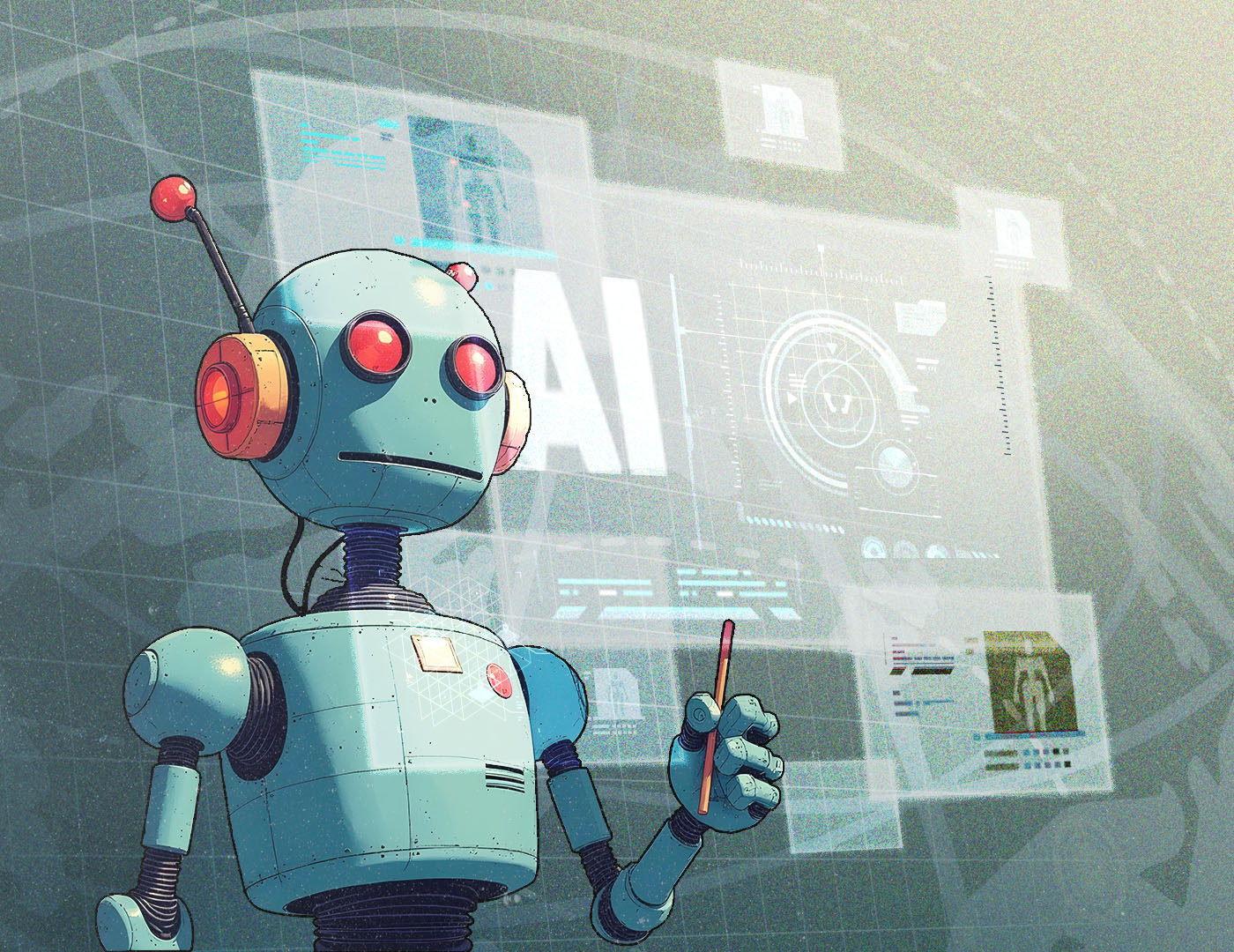
Designers face new pressures and different challenges daily. These include:
- Tighter deadlines
- Higher expectations
- More platforms to design for
- More demand for speed without losing quality
AI in design solves some of that stress.
Modern designers must balance creative vision and technical demands. Take the challenge of brand consistency, for example. Maintaining visual coherence becomes a real headache when a company's web domain grows to include dozens or hundreds of pages.
AI tools are changing this landscape, though.
They can scan an entire site, spot inconsistencies in design elements, and flag areas that don't match the style guide. This is work that used to require tedious manual reviews. This doesn't replace the designer's judgment; it just handles the grunt work so they can tackle more meaningful creative challenges.
AI doesn't threaten the designers who thrive in this new environment. In fact, most designers are leveraging it to amplify their distinctly human creative strengths.
In short? AI is a tool, not a threat.
It helps amplify your strengths instead of replacing them. And in a world where design work moves fast, that’s priceless.
Benefits of Using AI in Design
Here’s how AI for designers can make your life easier:
- Generate ideas faster
- Automate boring tasks (hello, background removal)
- Enhance image quality instantly
- Get real-time design suggestions
- Personalize content at scale
You save time. You stay creative. You do more of what you love. Plus, you meet deadlines without burning out.
AI acts like an assistant that never sleeps and always delivers.
Top Ways Designers Can Use AI
As graphic designers explore how AI can streamline creative workflows, one practical application gaining momentum is using AI headshots.
Whether building mockups, designing team pages, or creating marketing materials and assets, AI-generated headshots offer a fast, cost-effective way to tackle image generation by producing professional-quality images.
This is especially true for startups or remote teams without access to traditional photography. Besides saving time and offering advanced features, designers can invest more in creative direction and less in logistics.
Here are some other innovative and simple ways to put AI to work in your design process.
1. Speed up brainstorming
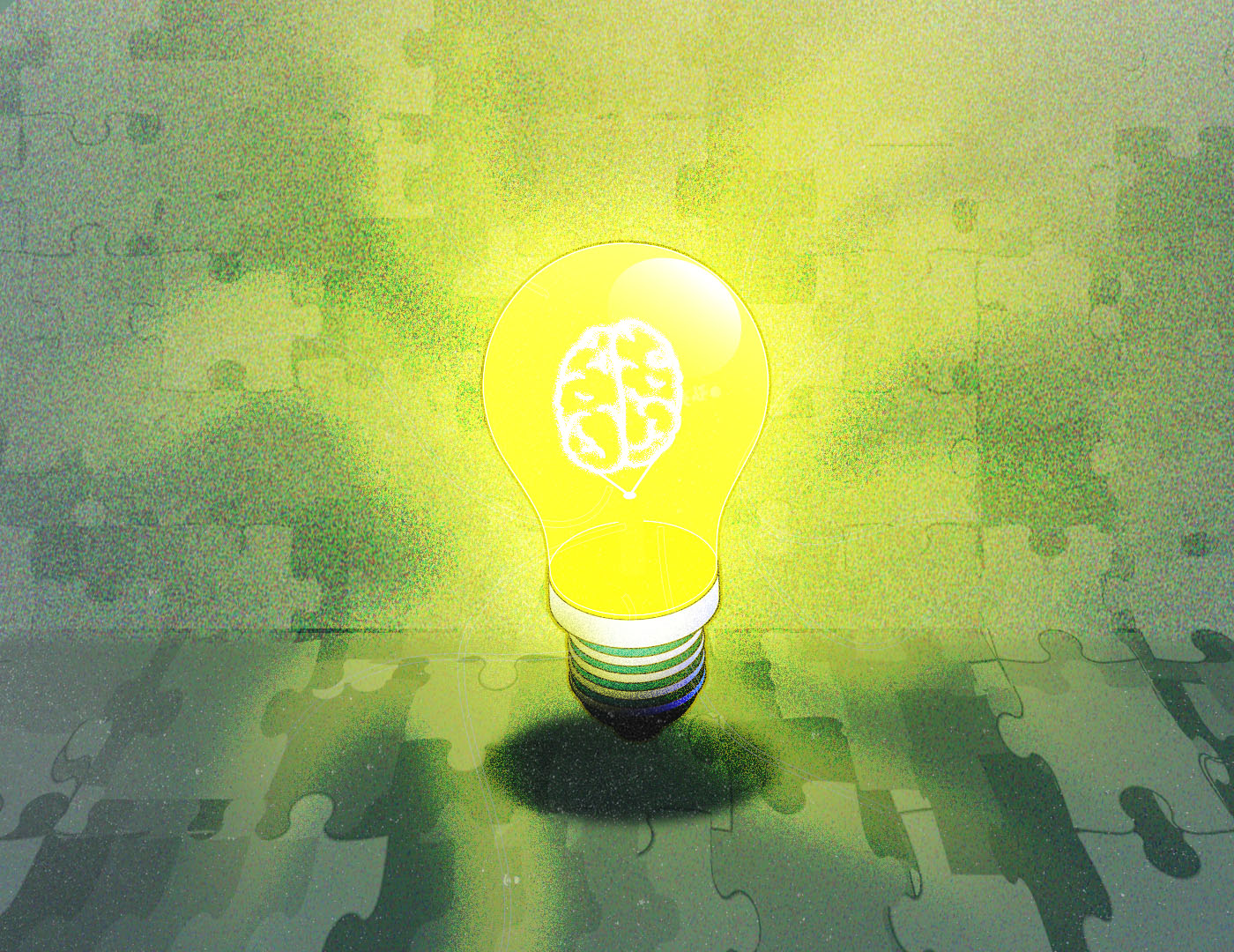
Stuck on ideas? AI can help.
Tools like Khroma learn your favorite color combos and generate palettes you’ll actually love.
AI can also create mood boards or sketch ideas. To turn rough ideas into visuals, try Designify or Uizard.
Fast. Visual. Fun.
These tools help you break creative blocks and get started faster. You won’t waste hours wondering where to begin. Instead, you’ll get inspired quickly and keep the momentum going.
2. Automate repetitive tasks
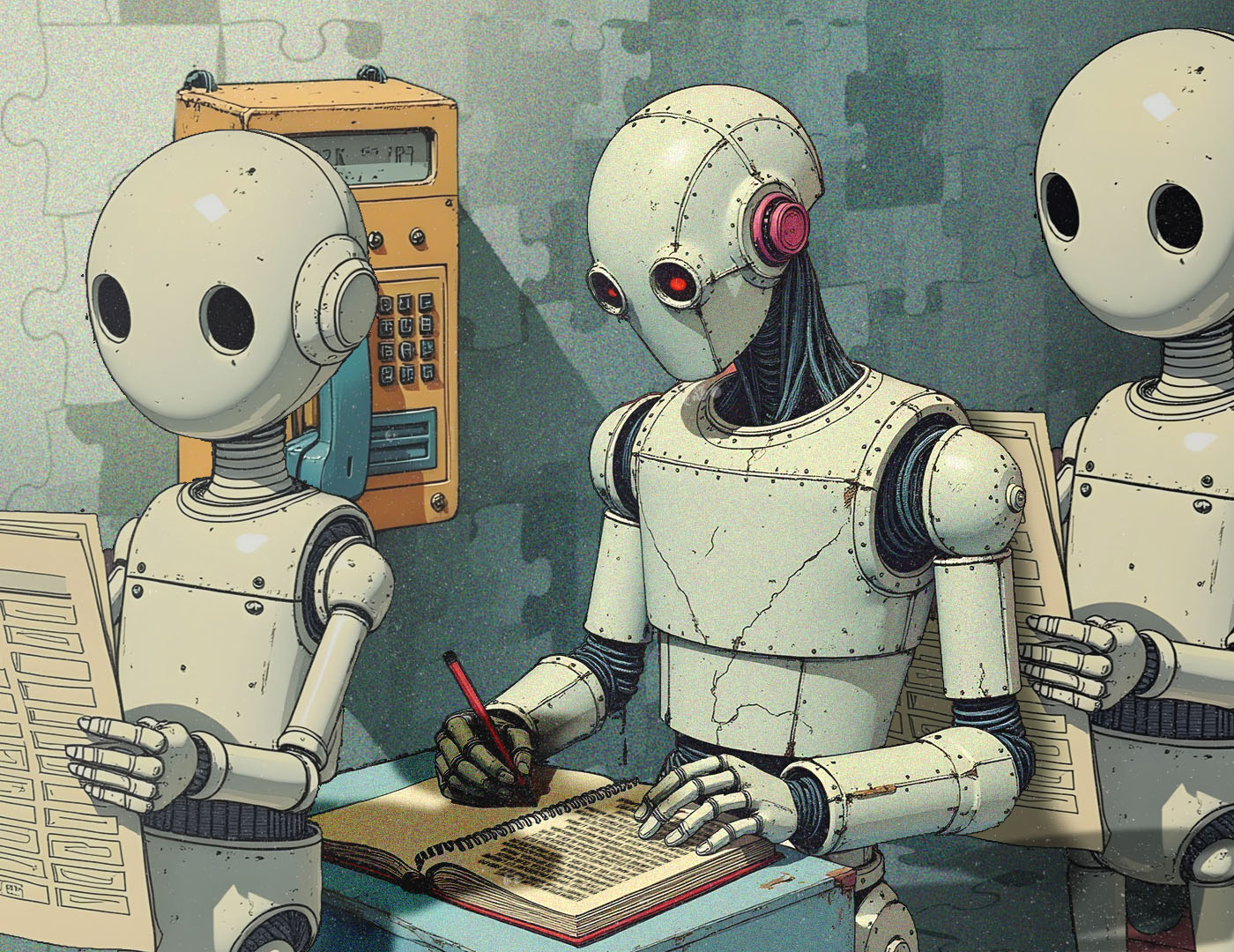
Removing backgrounds. Resizing images. Fixing contrast. These take forever.
Let AI handle them. That means more time for real design work. And less time doing the same thing over and over again. You can also reduce manual errors and keep consistency across designs.
3. Generate graphics and mockups
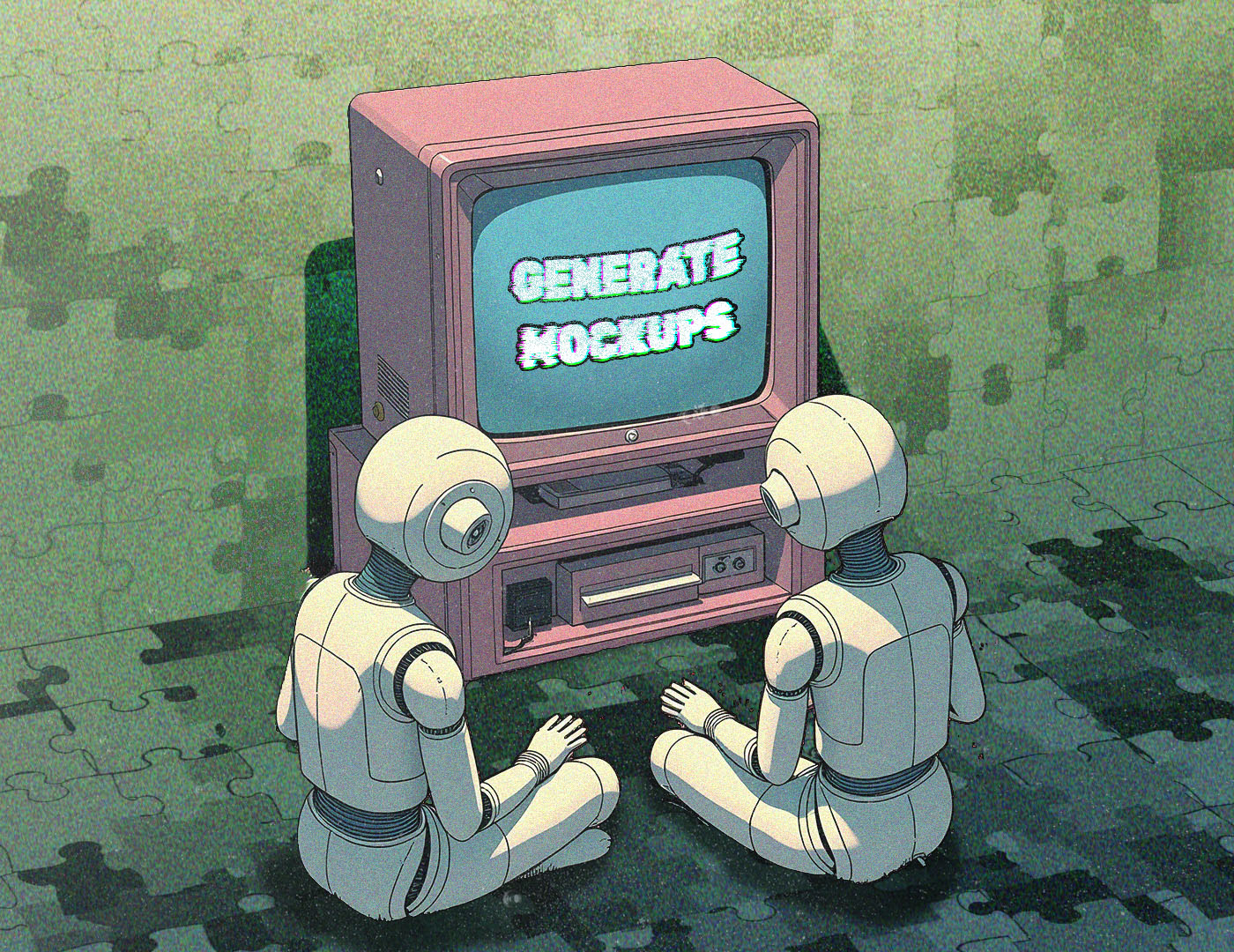
With a tool like Midjourney or DALL•E, you can create original images with text prompts.
No stock photo site needed.
Want to design a futuristic coffee shop menu? Just type it. Let AI draw it.
Perfect for concepts, clients, and quick visuals. You can even bundle these assets into a polished PDF presentation, which is great for sharing mockups or pitching ideas. And if you're sending different versions to different stakeholders, it’s easy to split PDF files and tailor each one to its audience. Plus, you can rapidly test multiple visual directions. It’s also ideal for pitches, mockups, designing clothing, and experimenting with wild and creative ideas.
4. Enhance UX/UI design
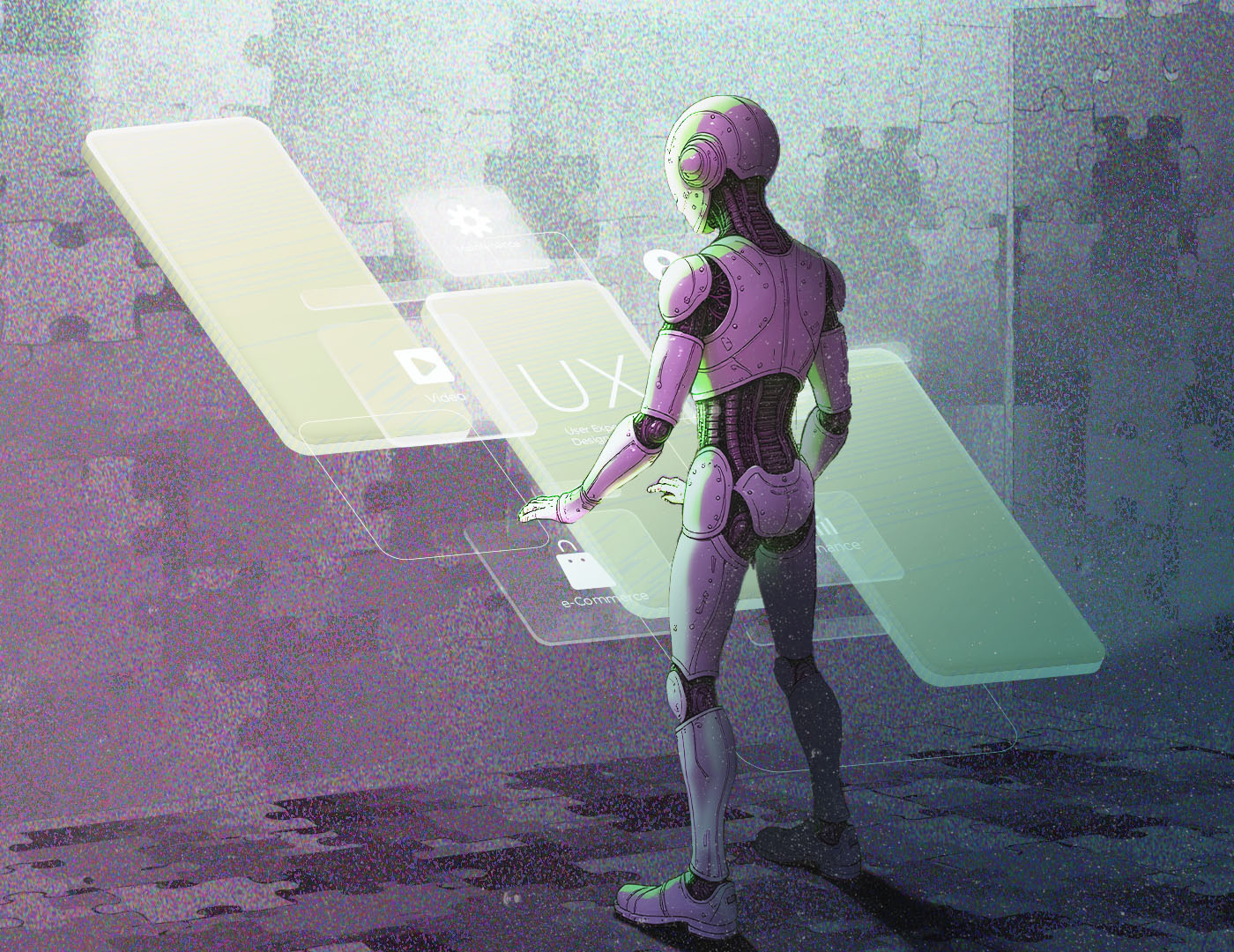
UX matters. AI knows it.
A platform like Framer will use AI to turn wireframes into polished UIs.
Even better? AI can test usability, recognize weak spots, and suggest further improvements.
That makes AI in web design a secret weapon for product designers. You get feedback early and iterate faster. And the end user gets a smoother experience. For those looking to expand their skillset beyond traditional graphic and digital design, investing time in hands-on, vocational learning can offer a strong foundation. Institutions like Miller-Motte College offer programs focused on vocational and tradeskill education, enabling creatives to develop practical expertise that complements their design careers.
5. Personalize designs at scale

AI can generate hundreds of design variations based on user data. According to Twilio Segment, it’s no wonder that over 90% of companies use AI-driven personalization to grow their businesses.
AI-driven personalization is great for ad campaigns, newsletters, and social media graphics. These tools leverage advanced image generation capabilities to create tailored visuals that resonate with specific audience segments.
Try Bannerbear or RelayThat to automate personalized visuals.
You will stay on-brand while saving countless hours. It’s a game changer for marketing teams and freelancers alike.
Personalization boosts engagement, and AI agents help you do it without going crazy.
6. Boost typography and layout
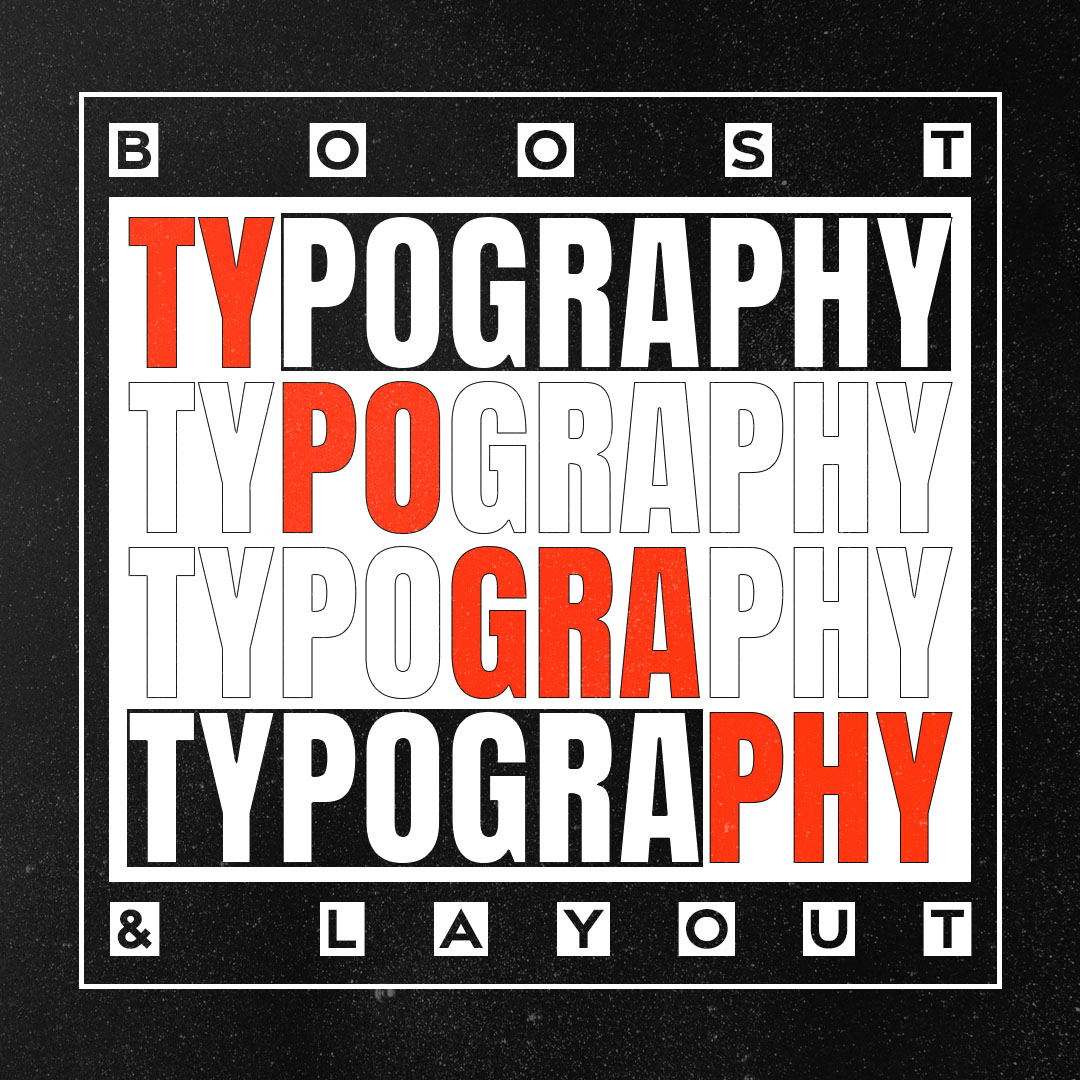
AI doesn’t just guess. It understands design rules.
Tools like Fontjoy help pick font pairs. Others, like DaisyAI, evolve layouts based on what looks best. Design.com offers custom fonts that can capture your brand personality in your logo design.
Smart, simple, and surprisingly creative.
These tools help non-typographers look like pros and save time by removing all the guesswork.
7. Improve collaboration
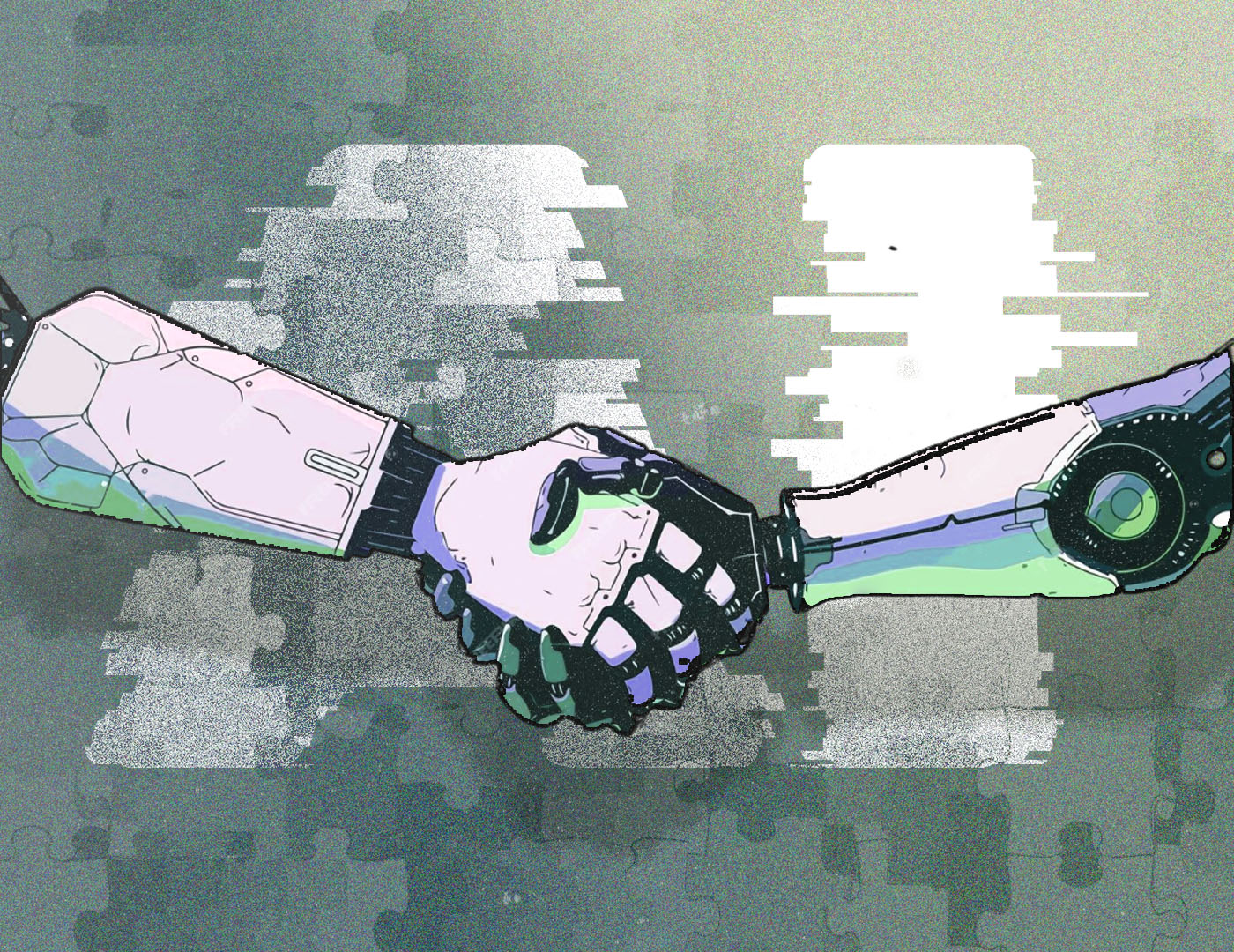
AI helps teams work better.
In Figma, AI plug-ins summarize feedback and write UX copy or auto-label layers.
AI isn't just a solo tool. It's collaborative. And conducting an AI readiness check can help you assess which tools and workflows are primed for automation and where human creativity remains essential.
You’ll get a better team flow with less back-and-forth. This means you’ll spend less time on logistics and more time on inventing new graphic design trends.
Besides, it keeps everyone aligned with clearer feedback loops.
Wrapping Up: AI Is Your Creative Partner
Don’t fear AI. Embrace it.
Designers who use AI aren’t replacing creativity. They’re leveling it up.
Learn the tools. Play with prompts. Let AI inspire you.
Why? Because AI for designers is here to stay.
Use it to work smarter, stay relevant, and do what you do best: create awesome stuff.
Want to stay ahead? Start testing a new AI tool this week. You might be surprised how fun and helpful it is. The more you use it, the more it becomes a natural part of your creative flow.
Nikola Pantic is a Partnerships Manager at uSERP, connecting with partners and nurturing those partnerships through mutual collaboration, and a seasonal writer who helps shape various industries through the written word.
Original Artwork by Khim John Blazo
Written by DesignCrowd on Tuesday, July 1, 2025
DesignCrowd is an online marketplace providing logo, website, print and graphic design services by providing access to freelance graphic designers and design studios around the world.

